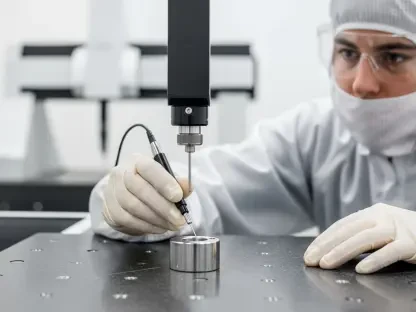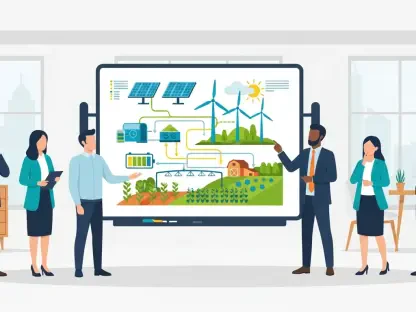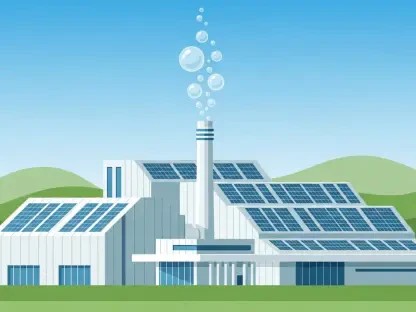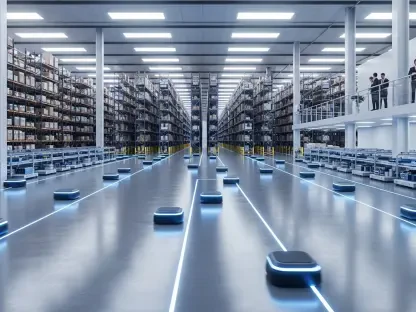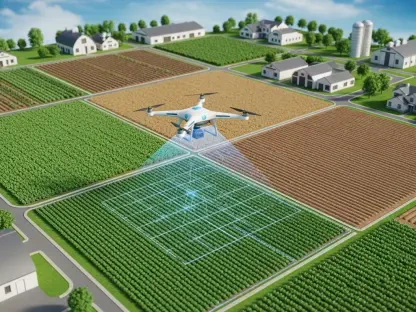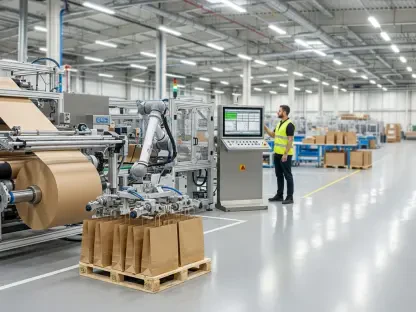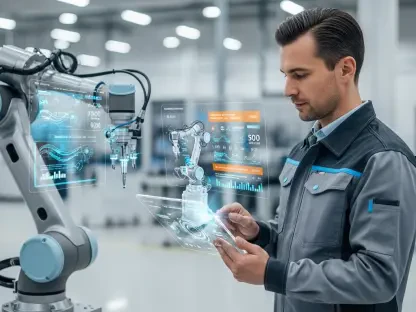How does a beloved toy giant keep up with skyrocketing demand in a world of supply chain chaos? LEGO, the iconic Danish brand, is answering that challenge with a massive $360 million investment in a new regional distribution center in Prince George County, Virginia, promising to transform how millions of colorful bricks reach eager hands across the Americas. This ambitious move will slash delivery times and fortify supply lines. Picture store shelves stocked faster and online orders arriving in record time—this is the future LEGO is building, brick by brick.
The significance of this investment cannot be overstated. With consumer demand for LEGO sets soaring, relying on a single distribution hub per region has become a risky bottleneck. The new facility, spanning two million square feet, marks a strategic shift toward regionalized supply chains, ensuring resilience against global disruptions. Set to open within the next couple of years, it stands as LEGO’s second distribution center in the Americas, complementing an existing one in Fort Worth, Texas, and positioning the company to meet the needs of retailers and fans alike with unprecedented speed.
A Strategic Leap Closer to American Fans
LEGO’s decision to plant roots in Virginia represents a calculated effort to bridge the gap between production and demand. Historically, long shipping routes and logistical hiccups have delayed the journey of those iconic brick sets from factory to playroom. By establishing a distribution hub in Prince George County, just 20 miles from a new manufacturing site in Chesterfield County, LEGO is slashing transit times and ensuring products reach North American markets with efficiency. This move isn’t just about speed—it’s about staying ahead in a competitive toy industry.
The location itself offers distinct advantages. Situated near Richmond, Virginia provides access to major transportation corridors, making it a logistics sweet spot. This proximity allows for quicker turnaround on orders, whether they’re heading to big-box retailers or directly to consumers. Retail partners, in turn, benefit from consistent stock levels, while fans experience the thrill of shorter wait times for the latest sets. It’s a win-win that underscores LEGO’s focus on customer satisfaction.
Beyond immediate logistics, this investment reflects a broader vision. LEGO is not merely reacting to current demand but anticipating future growth in the Americas. With e-commerce booming and holiday shopping seasons intensifying, the ability to respond swiftly to market fluctuations becomes a game-changer. This hub sets a foundation for scalability, ensuring the company can handle spikes in popularity without missing a beat.
Why Virginia Became the Chosen Ground
The choice of Virginia as the site for this colossal project was no accident. The state has emerged as a hub for logistics and manufacturing, boasting robust infrastructure and a skilled workforce. Its strategic position on the East Coast offers easy access to major ports and highways, facilitating seamless distribution across the region. For LEGO, this translates into reduced shipping costs and faster delivery to a vast customer base.
Economic incentives also played a role in tipping the scales toward Virginia. State and local governments often provide tax breaks and support for large-scale investments that promise job creation and community development. With over 300 jobs expected to emerge from the Prince George facility, the ripple effects on the local economy are significant. LEGO’s partnership with Crosspointe Commerce Center, a joint venture by Hillwood Investment Properties and The Silverman Group, under a built-to-suit lease, further cements this as a collaborative triumph.
Moreover, Virginia’s proximity to the new Chesterfield County manufacturing site creates a synergy that optimizes operations. Raw materials and finished products can move between facilities with minimal delay, cutting down on carbon emissions tied to long-haul transport. This alignment not only boosts efficiency but also supports LEGO’s commitment to sustainable practices, a factor that increasingly shapes corporate decisions in today’s environmentally conscious market.
Inside the Prince George Powerhouse: Scale and Innovation
The Prince George Regional Distribution Center is a marvel of modern logistics. Spanning two million square feet, it will house over 200,000 pallets of LEGO products, making it a critical artery for supply in the Americas. Equipped with cutting-edge automation, the facility is designed for flexibility, capable of adapting to varying order volumes and product types. This technological edge ensures that whether it’s a bulk shipment for a retailer or a single set for a birthday gift, processing happens at lightning speed.
Set to be fully operational soon, the center will be managed by a third-party logistics provider, allowing LEGO to focus on core operations while leveraging specialized expertise. Its capacity to halve delivery times compared to existing routes marks a significant leap forward. When paired with the Fort Worth, Texas, distribution center, it creates a dual-hub system that blankets the Americas with coverage, minimizing the risk of delays during peak demand periods like the holiday rush.
The impact extends to the workforce as well. With over 300 jobs on the horizon, the facility will provide opportunities for local residents, from warehouse operators to tech specialists managing automated systems. This injection of employment not only bolsters the economy of Prince George County but also fosters a sense of community pride in being part of a global brand’s mission to inspire creativity through play.
Leadership Insights: A Vision for Resilience
LEGO’s top executives have been vocal about the transformative potential of this investment. Carsten Rasmussen, Chief Operating Officer, described the project as a “milestone” in doubling distribution capacity in the Americas, emphasizing its role in fortifying operations. His perspective highlights a shift from centralized models to a more distributed network, a necessity in an era where supply chain disruptions can strike without warning.
Cindy Sikora, Vice President of Supply Chain Operations for the Americas, echoed this sentiment, pointing to the center’s importance in delivering reliable service. “This facility ensures that fans and retail partners get what they need, when they need it,” she noted. Her comments reflect a customer-centric approach, where the end goal is not just efficiency but also trust—ensuring that a child’s eagerly awaited LEGO set arrives on time for a special occasion.
This initiative fits into LEGO’s global playbook as well. Alongside the Virginia project, new facilities in Vietnam and capacity expansions in Hungary signal a worldwide push for regionalization. For employees and communities tied to these developments, the personal stakes are high—jobs created, skills developed, and local economies uplifted. These human stories add depth to what might otherwise seem like a purely corporate maneuver, showing how infrastructure investments resonate on a personal level.
Balancing Growth with Green Goals and Community Good
Sustainability sits at the heart of LEGO’s strategy for the Prince George facility. Targeting LEED Gold and WELL certifications, the center will feature energy-efficient designs and renewable energy sources to minimize its environmental footprint. The use of electric vehicles for transport between the distribution hub and the nearby manufacturing site further demonstrates a commitment to reducing emissions, aligning with global goals for lower-carbon operations.
Community impact is equally central to this project. Beyond job creation, LEGO is investing in local outreach, funding six non-profits in Virginia to reach nearly 400,000 children with educational and play-based programs. This effort mirrors the company’s ethos of fostering creativity and learning, extending its influence far beyond the warehouse walls. Additionally, a new retail store in Henrico County offers a tangible connection point for fans, blending business growth with community engagement.
The broader lesson here is one of balance. LEGO shows that corporate expansion need not come at the expense of environmental or social responsibility. By integrating green technologies and supporting local initiatives, the company provides a model for how businesses can grow while contributing positively to the world around them. This dual focus ensures that the benefits of the investment ripple outward, touching lives in ways that go beyond mere logistics.
Reflecting on a Brick-Solid Future
Looking back, LEGO’s $360 million investment in Virginia proved to be a defining moment in reshaping supply chain dynamics for the toy industry. It tackled the pressing challenge of delivery delays head-on while setting a benchmark for sustainability and community involvement. The synergy between the Prince George distribution center and nearby manufacturing site streamlined operations in ways that once seemed out of reach.
As the dust settled, the next steps became clear. Businesses and policymakers alike took note, exploring how to replicate such integrated approaches in other sectors—balancing efficiency with ethical considerations. For consumers, the takeaway was simple yet powerful: support brands that prioritize both speed and stewardship. The path forward involved advocating for more regional hubs and green innovations, ensuring that growth and responsibility continued to go hand in hand.


